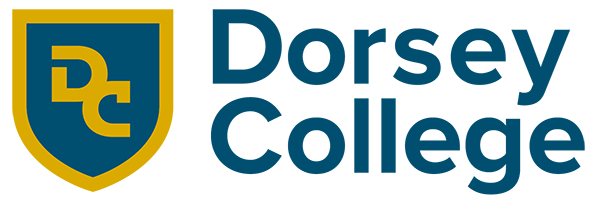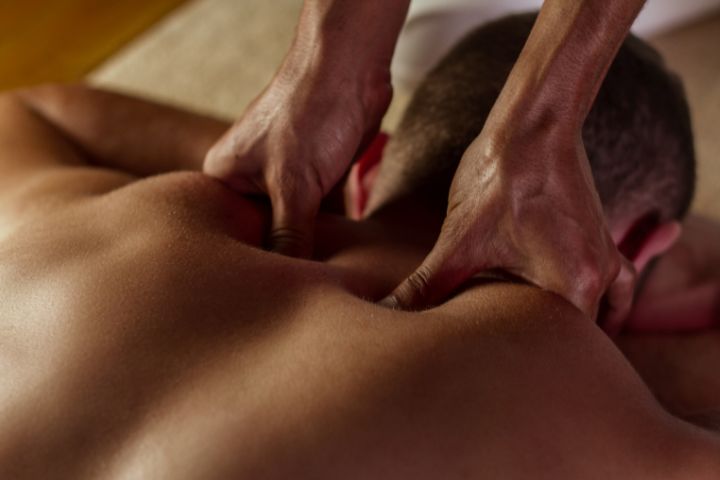For thousands of years, massage therapy techniques have been around to offer relief, relaxation, and healing to people all over the world. Whether you’re trying to loosen tight muscles, reduce stress, or just enjoy some self-care, the right massage therapy technique can make a world of difference. From gentle Swedish strokes to targeted deep tissue work, each massage therapy technique has its own purpose and benefits.
Massage Techniques You Might use In Your Career
If you’re curious about the different types of massage techniques, or considering a career in massage therapy, this guide is a great place to start. We’ll cover some of the most popular massage techniques, including:
- Swedish massage
- Deep tissue massage
- Shiatsu massage
- Hot stone massage
Swedish Massage
Swedish massage is one of the most common and well-known massage techniques. It’s often one of the first massage therapy techniques students learn in an educational program and a great choice for clients looking for a relaxing experience.
What is a Swedish massage? This technique is all about relaxing the muscles and increasing circulation through:
- Long, gliding strokes
- Kneading
- Friction
- Rhythmic tapping
This massage technique is perfect for improving flexibility, easing muscle tension, and promoting overall well-being. It’s an ideal massage technique for first-time clients, people with muscle tension, or anyone looking to relax. It’s also commonly used in spa settings and wellness centers.
Overall, the benefits of Swedish massage can include:
- Reduced stress and anxiety
- Increased blood flow and oxygen levels
- Improved flexibility and range of motion
Whether you’re new to the industry or a skilled professional, mastering this technique is a must for any massage therapist.
Deep Tissue Massage
Deep tissue massage is a massage therapy technique focused on the deeper layers of muscle and connective tissue, targeting chronic tension and pain. Therapists use slower strokes and more pressure to reach underlying muscles and fascia (the connective tissue surrounding muscles). While deep tissue massage may feel intense, it can be highly effective for long-standing muscle issues.
Deep tissue massage is often used to help people with:
- Chronic pain
- Sports injuries
- Postural problems
- Repetitive strain
It’s not always relaxing and more intense than Swedish massage, but the long-term benefits can be worth it, and include:
- Reduced chronic muscle tension
- Improved posture and alignment
- Injury recovery
- Increased mobility
Massage therapists who can perform this technique effectively are in high demand, especially among athletes and people recovering from injuries.
Shiatsu Massage
Originating from Japan, Shiatsu massage is a unique massage therapy technique that blends traditional Asian healing practices with modern bodywork. “Shiatsu” means “finger pressure.” Therapists use their thumbs, fingers, and palms to apply pressure along the body’s energy pathways, or meridians.
Shiatsu is rooted in the same principles as acupuncture and aims to balance the body’s energy (called “Qi” or “Chi”) to promote health and relaxation. It’s a massage therapy technique often used to relieve stress, anxiety, and fatigue.
Benefits of this type of massage therapy technique include:
- Balanced energy
- Reduced tension and fatigue
- Mental clarity and emotional well-being
- Enhanced circulation and flexibility
Unlike other massage therapy techniques, Shiatsu is typically performed fully clothed on a mat instead of a massage table, and no oils are used. It’s a holistic approach that’s growing in popularity in wellness communities across the U.S.
Hot Stone Massage
Looking for the ultimate relaxation experience? Enter a hot stone massage! This is a luxurious massage therapy technique that combines traditional Swedish strokes with heated stones to melt away tension.
In this technique, smooth, flat stones are heated and placed on specific areas of the body like the back, hands, or feet. The warmth of the stones helps muscles relax, allowing the therapist to work more deeply and effectively without applying intense pressure.
Hot stone massage is perfect for stress relief and muscle relaxation. It’s commonly used in spas and wellness centers to help clients unwind and soothe sore muscles. The benefits include:
- Deep relaxation and stress reduction
- Improved blood circulation
- Relieves muscle stiffness and tension
- Enhances sleep and mood
Master These Techniques Like The Professionals With A Training Program!
Learning different massage therapy techniques isn’t just about memorizing moves. It’s about understanding the body, knowing how to adapt to client needs, and using your hands with purpose and care. That’s where a formal training program comes in.
Why choose massage therapy as a career?
- Growing demand for skilled massage therapists*
- Opportunities to help others feel better
- Flexible schedules and diverse work settings
- A rewarding, hands-on career path
At Dorsey College, our massage therapy program is designed to give you hands-on experience with a variety of massage therapy techniques. From Swedish and deep tissue to more specialized modalities, our instructors guide students through the science, art, and ethics of massage.
In Dorsey College’s Massage Therapy training program, you can expect:
- In-depth instruction in multiple massage techniques
- Anatomy and physiology coursework
- Supervised clinical training
- Preparation for a licensure exam
- Support in launching your career after graduation
Whether your goal is to work in a spa, wellness center, chiropractic clinic, or even start your own practice, a solid foundation in massage therapy technique is essential. If you’re passionate about wellness, enjoy working with your hands, and love the idea of helping others feel their best, massage therapy might be the perfect fit.
Explore the Massage Therapy program at Dorsey College and take the first step toward a meaningful career. Learn how to perform these massage techniques like a pro—and build a future where your hands make a real difference.
* Bureau of Labor Statistics, U.S. Department of Labor, Occupational Outlook Handbook, Massage Therapists, at https://www.bls.gov/ooh/healthcare/massage-therapists.htm (visited June 11, 2025).
Dorsey College has determined that its Massage Therapy program curriculum is sufficient to fulfill educational requirements for licensure in the State of Michigan only. No educational determinations have been made for any other state, district or US territory in regards to licensure requirements.

